Contents This presentation covers: What is a digital

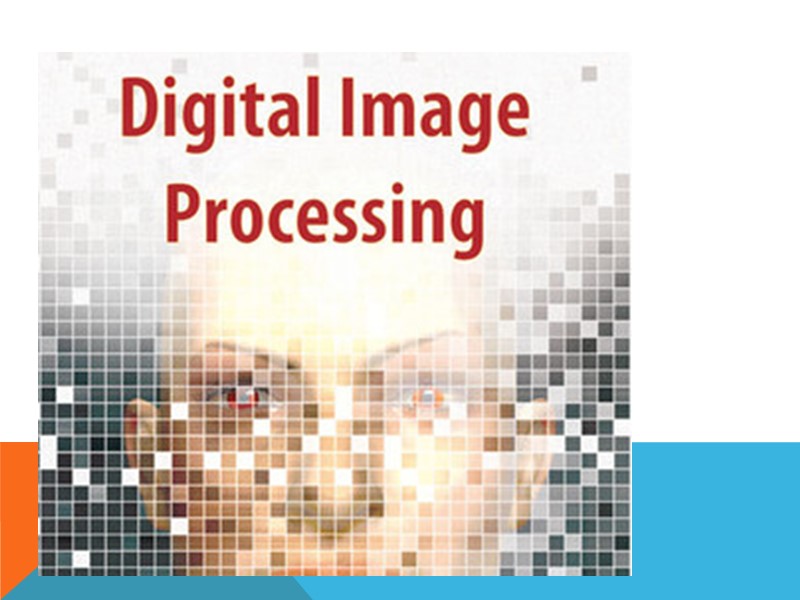
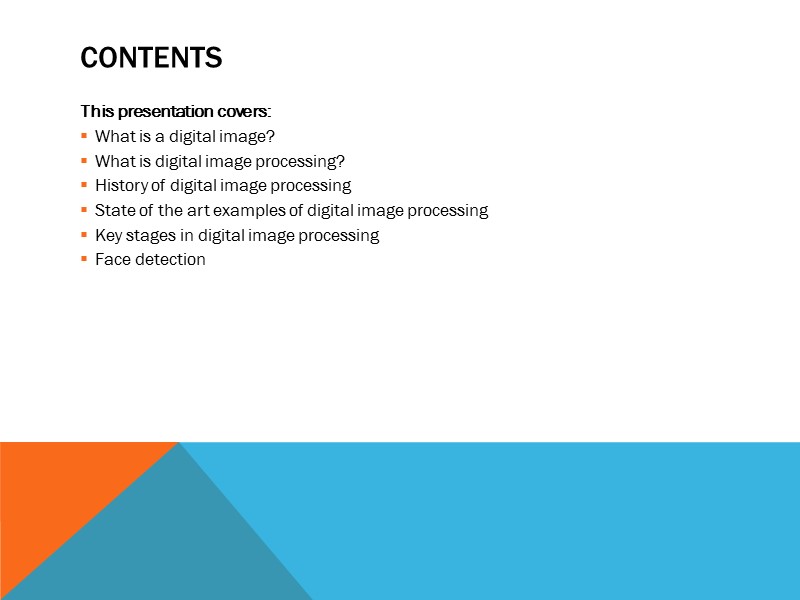

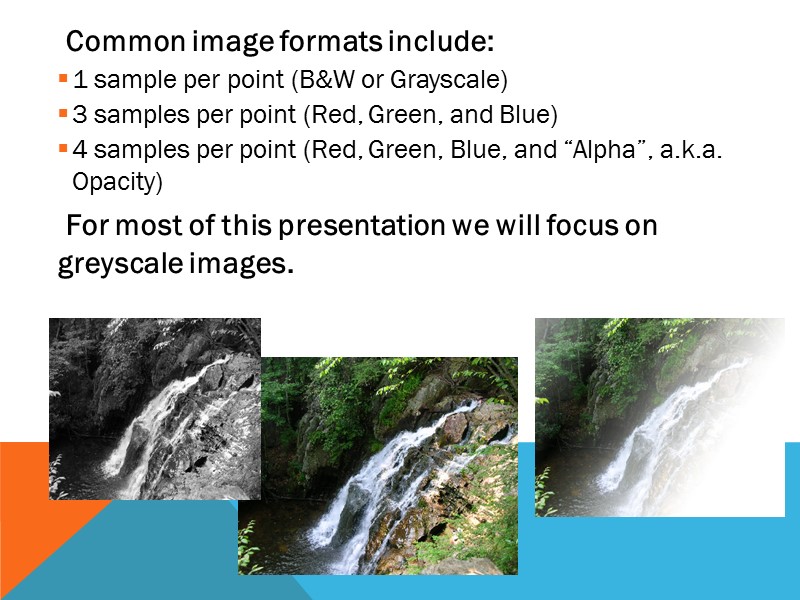

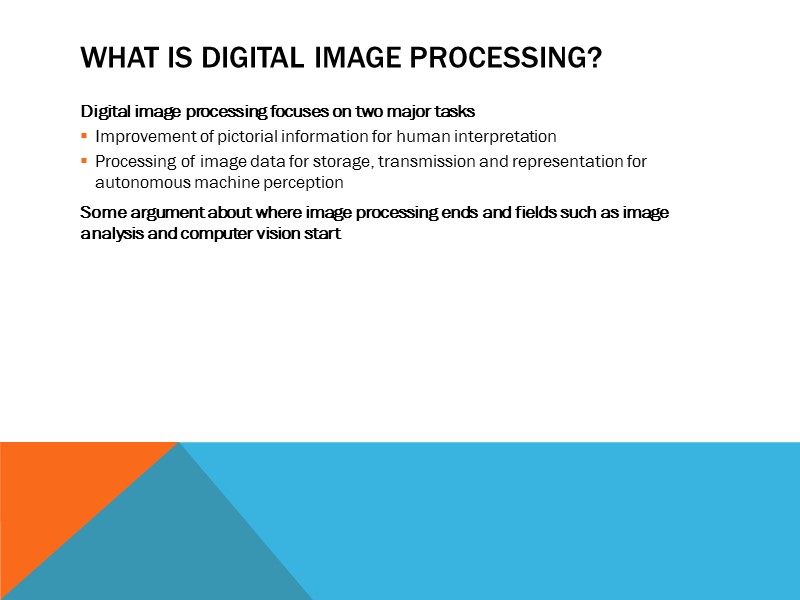
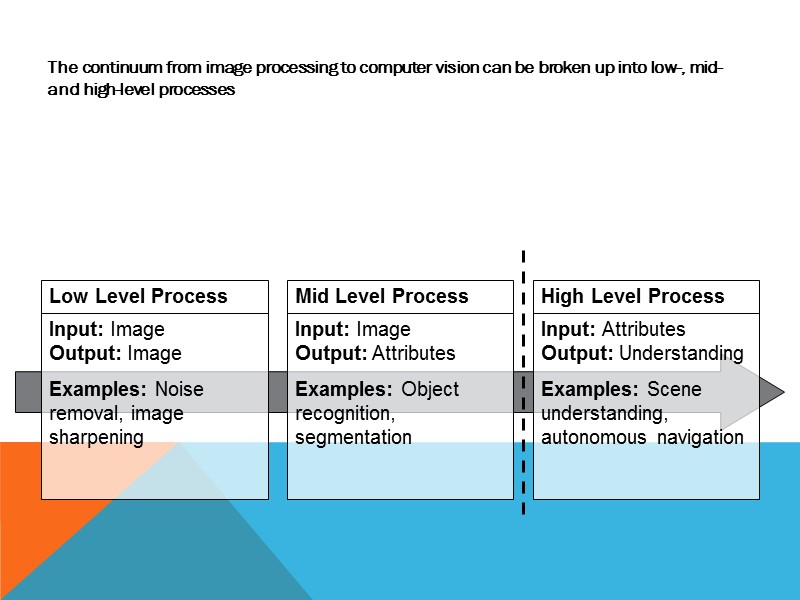
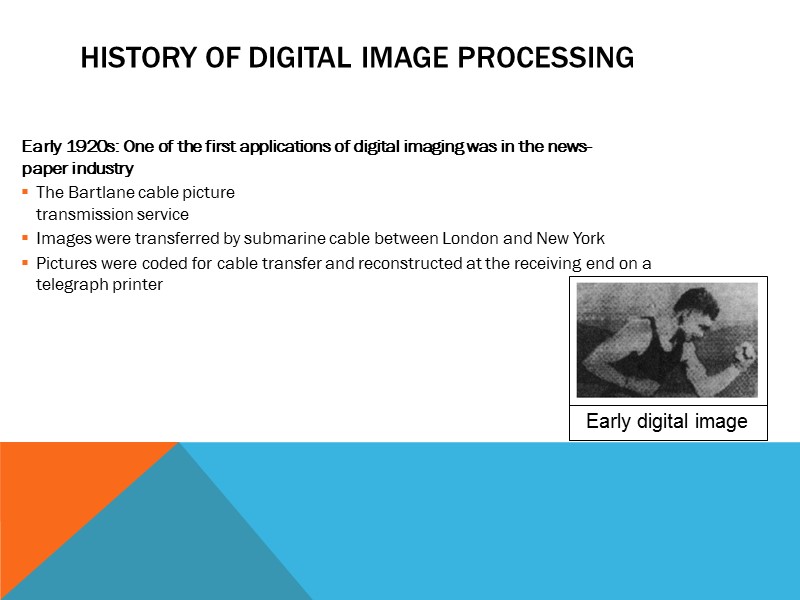

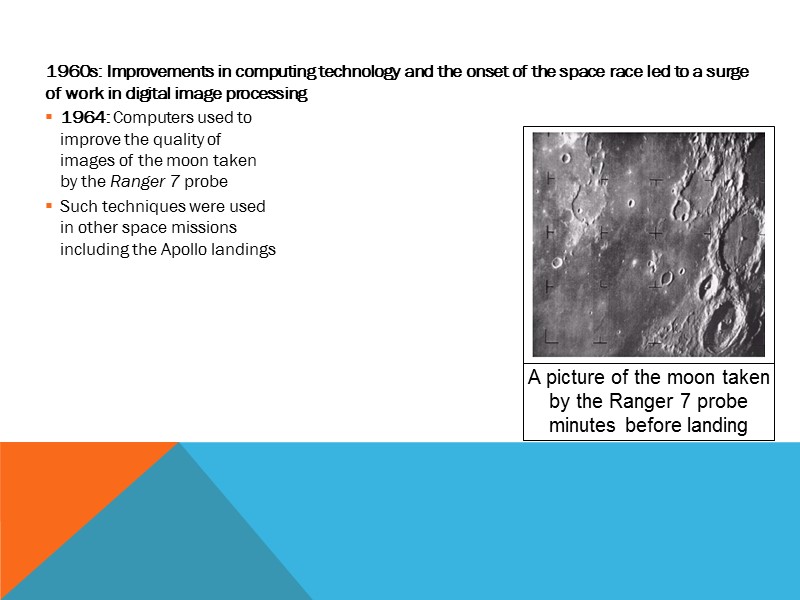
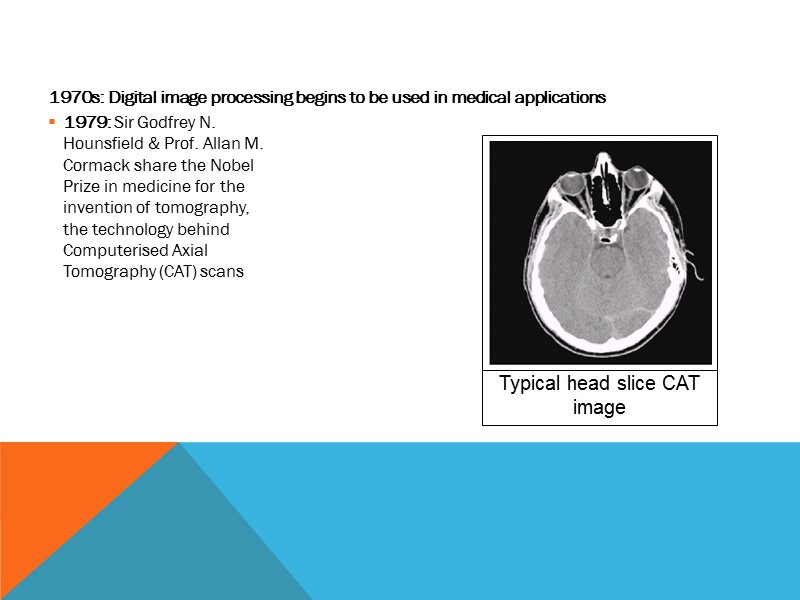
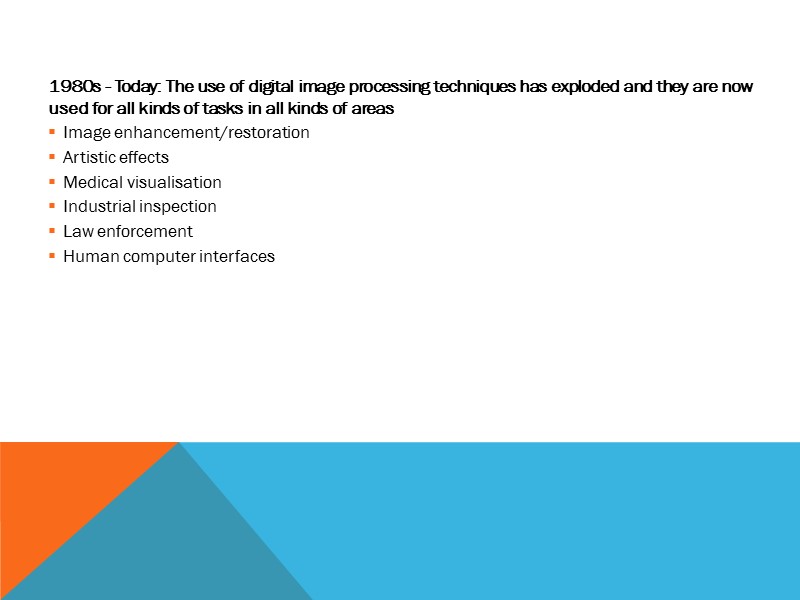
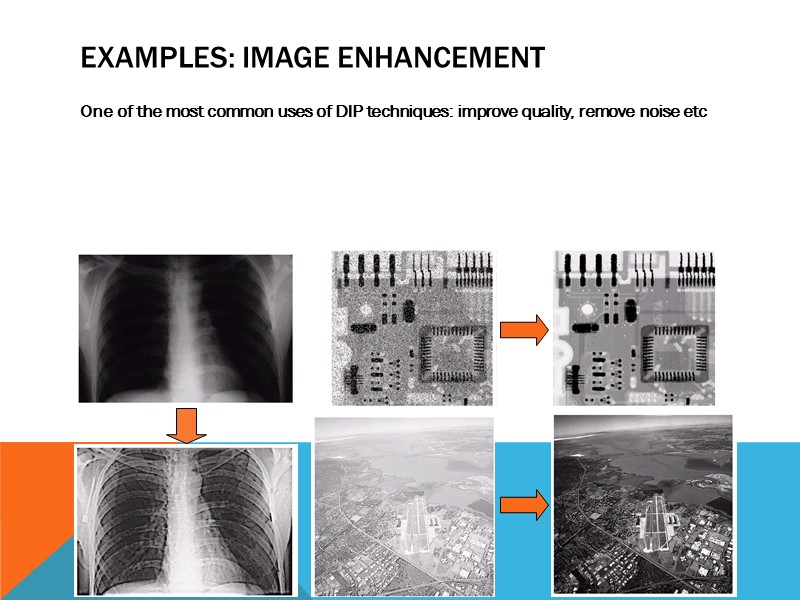
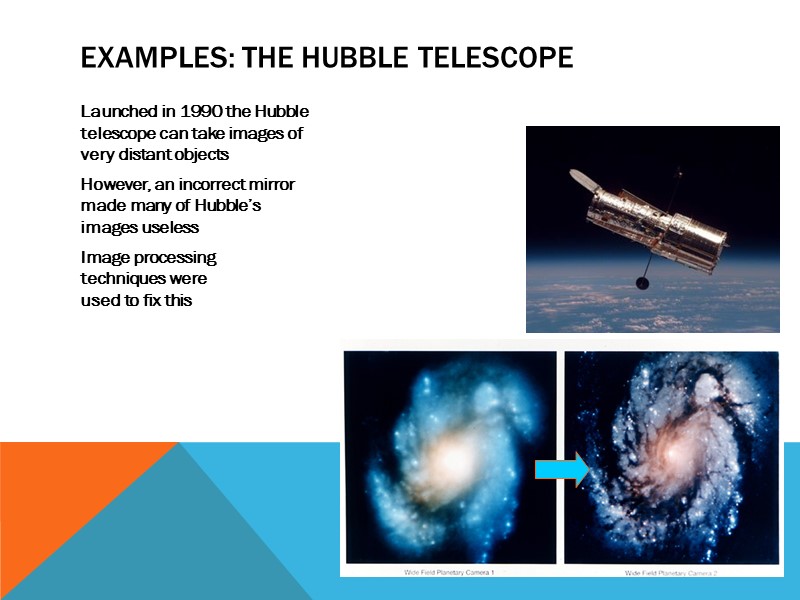
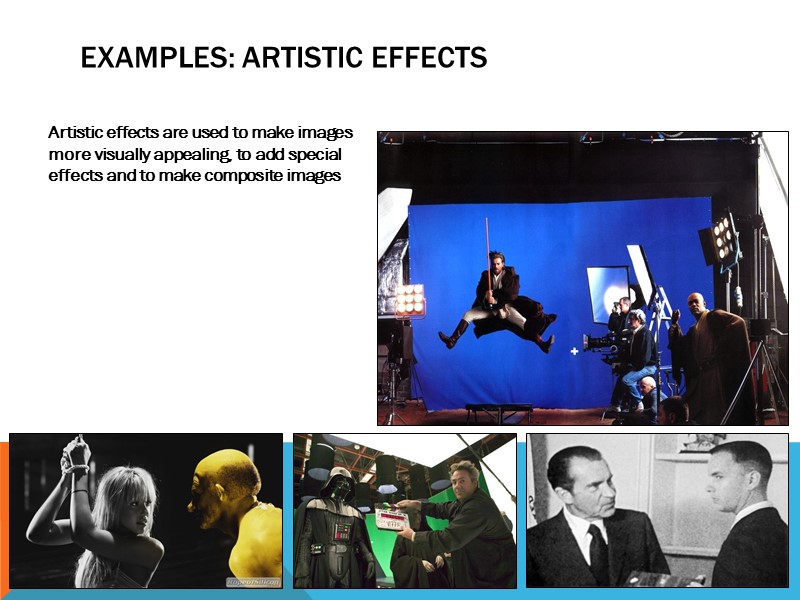
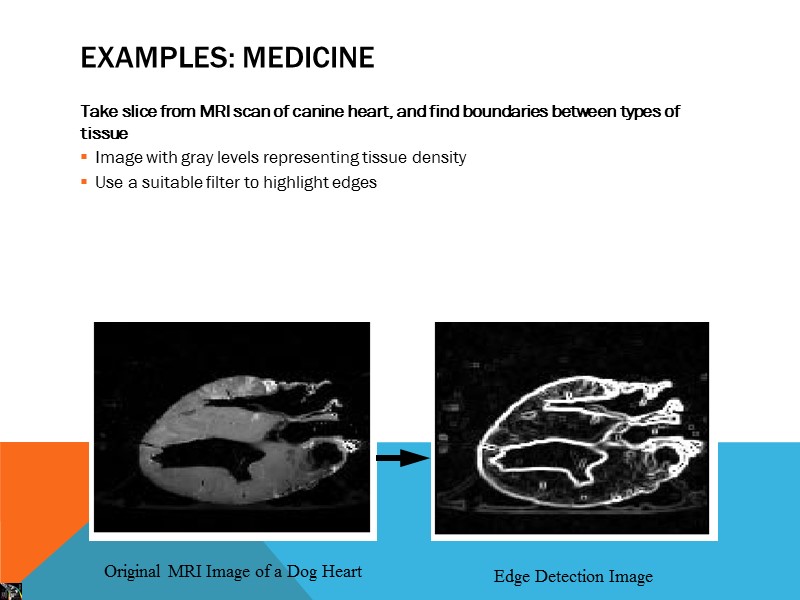
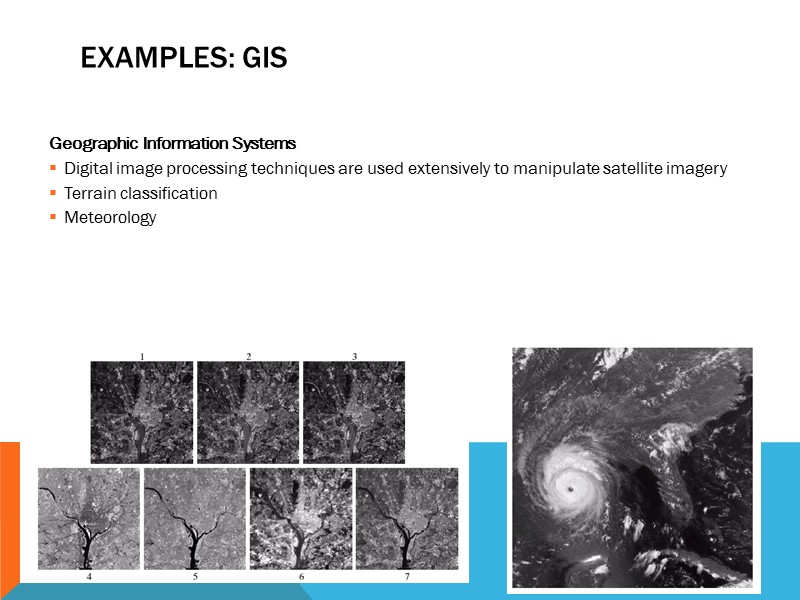
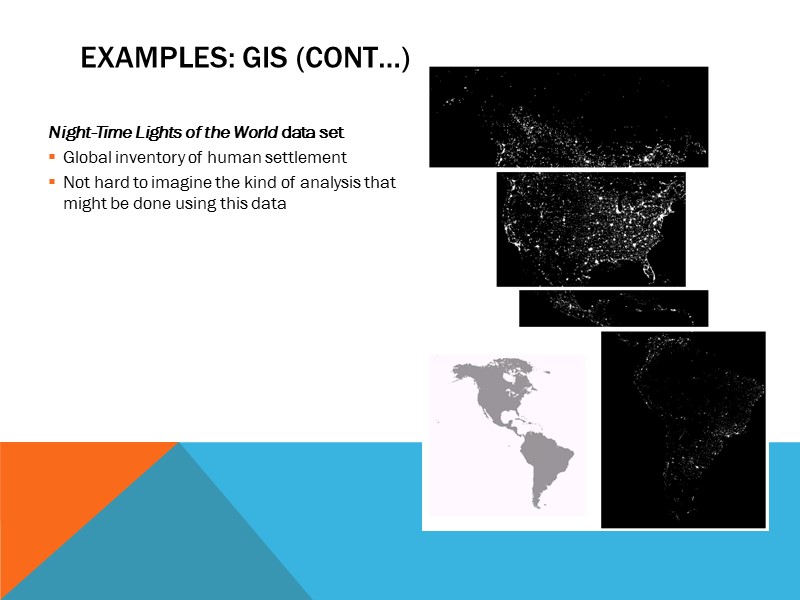
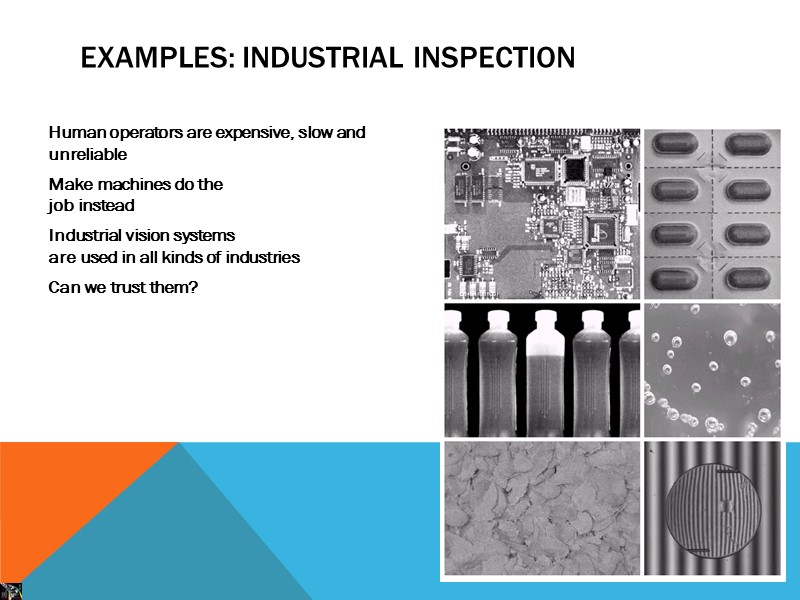
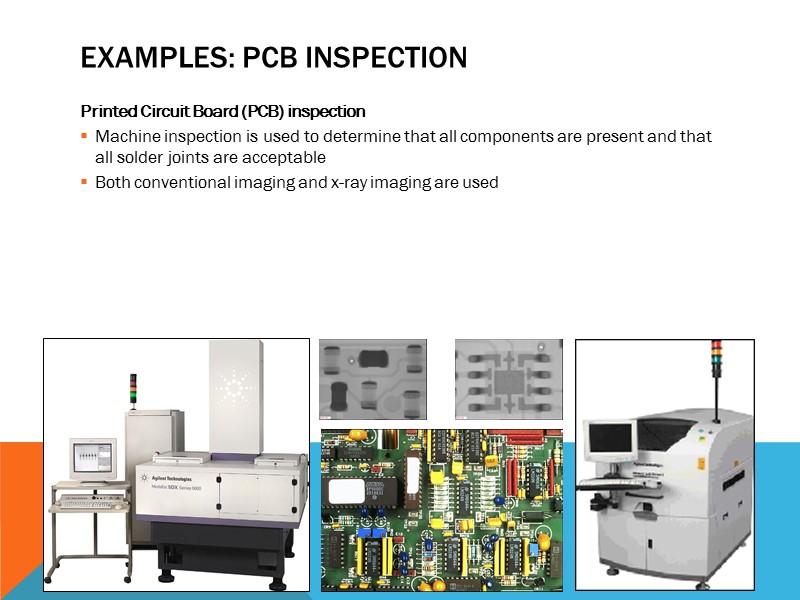
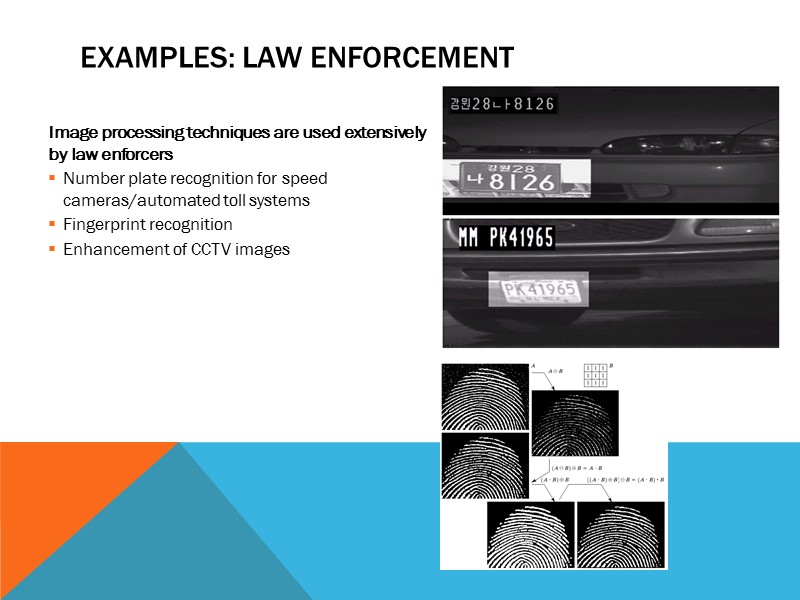
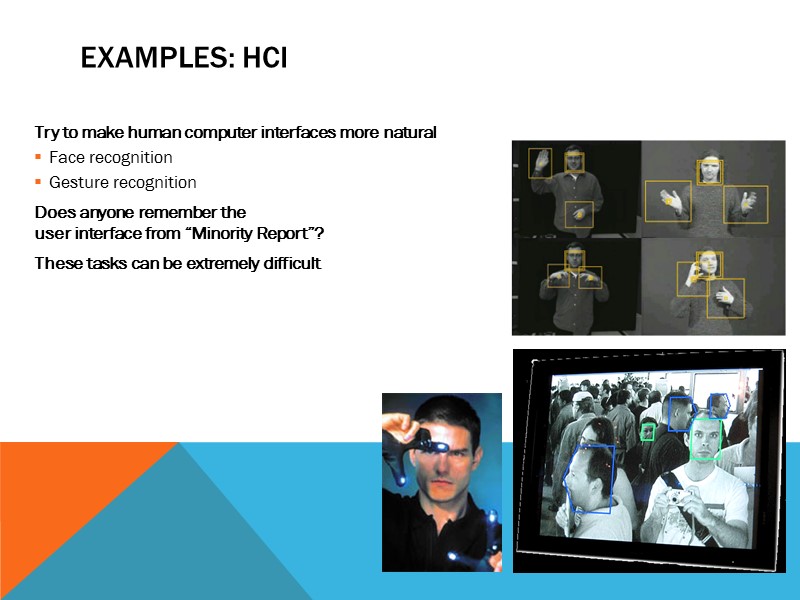
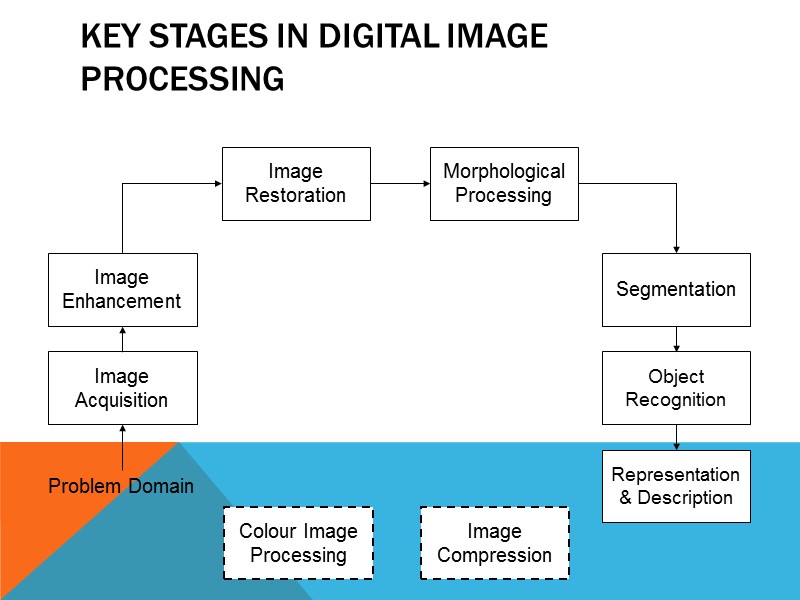
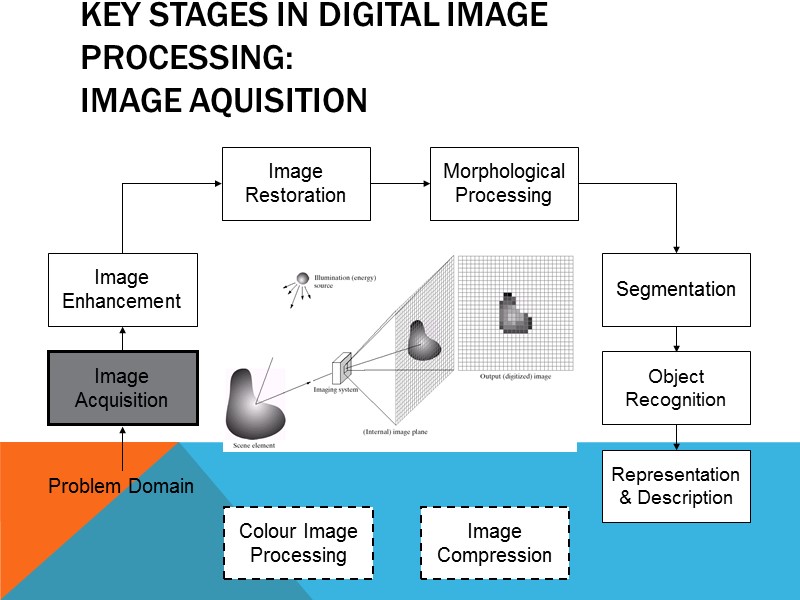
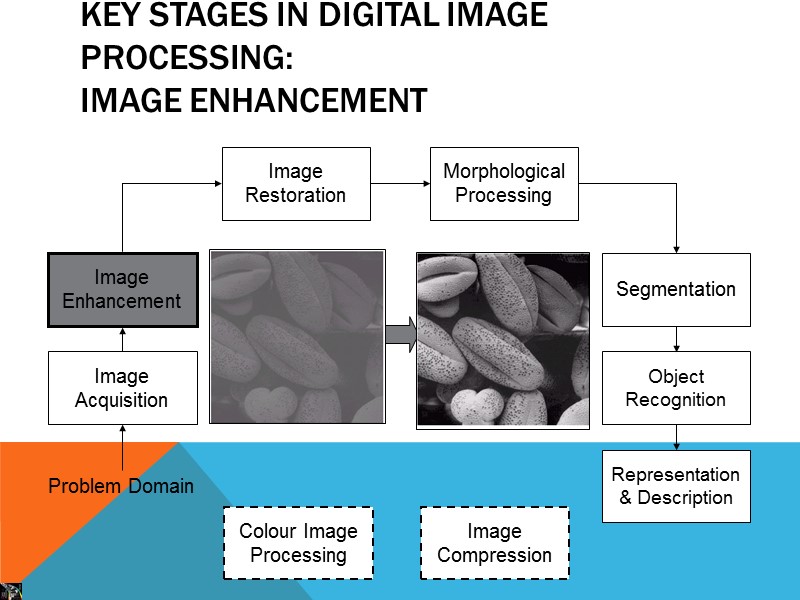
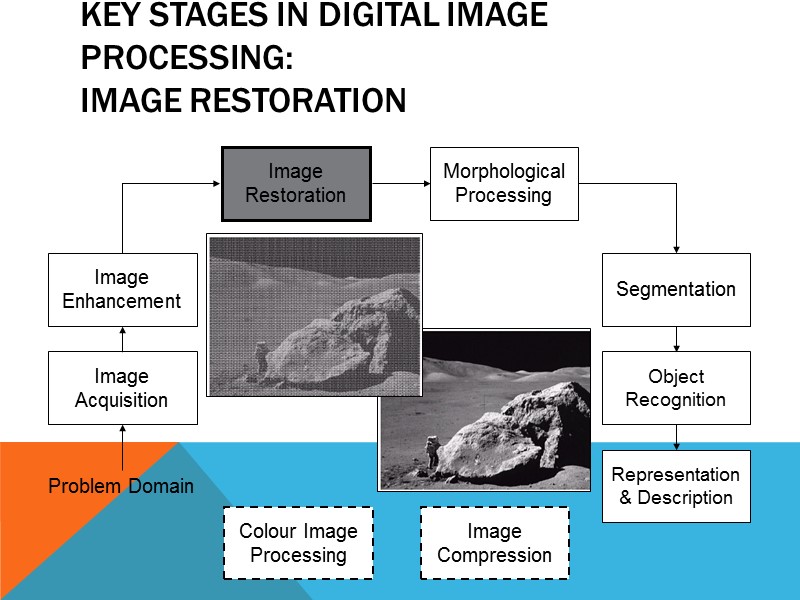
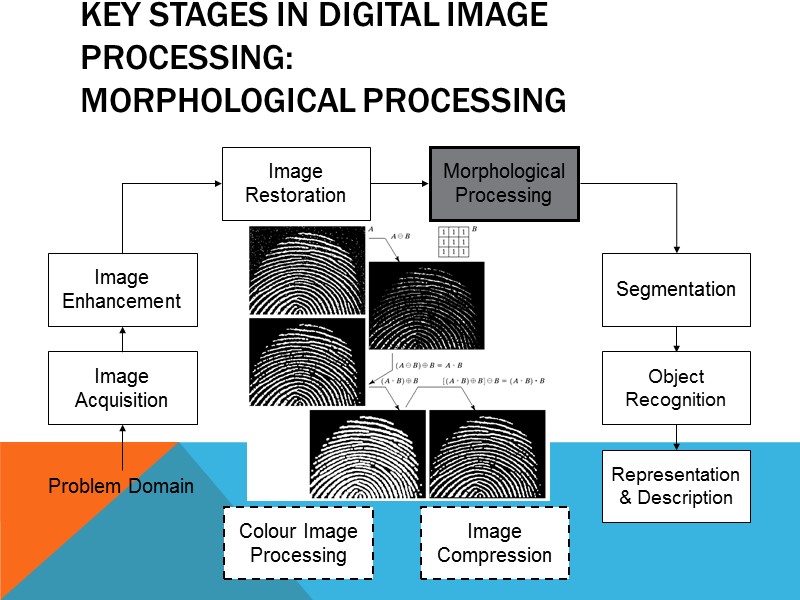
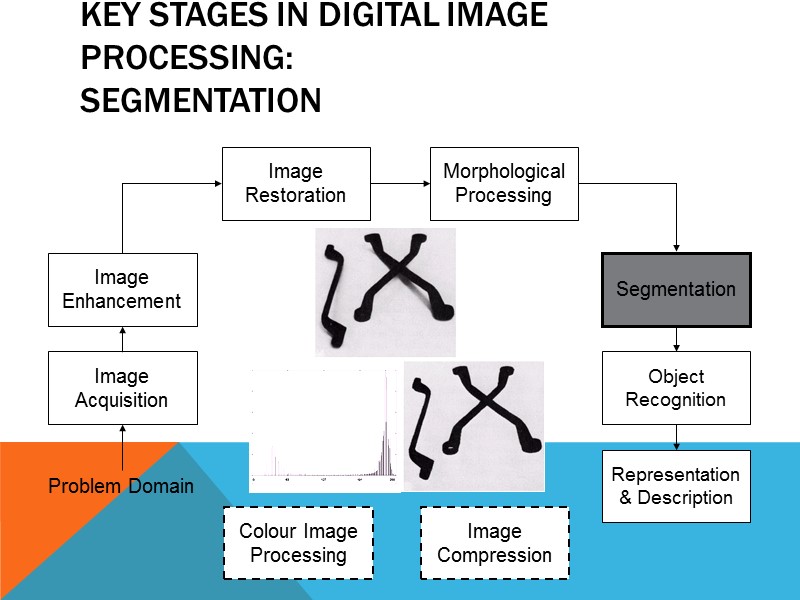

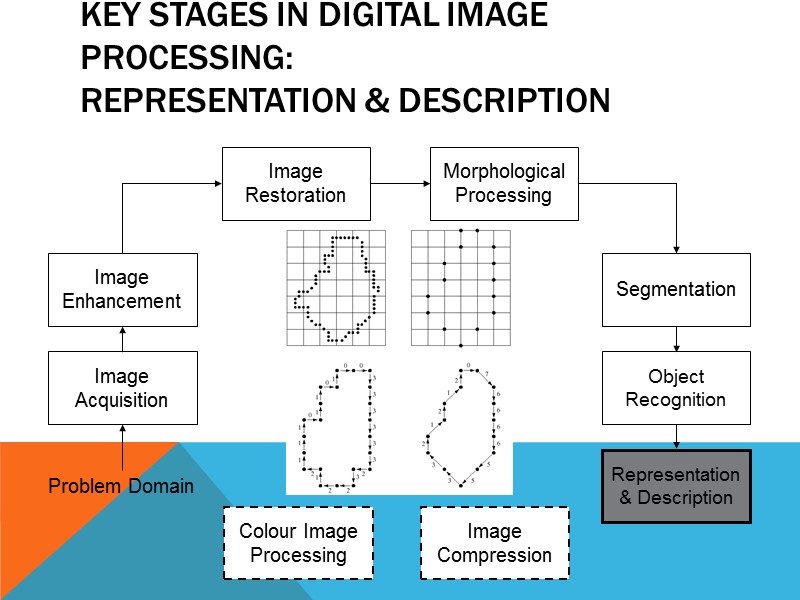
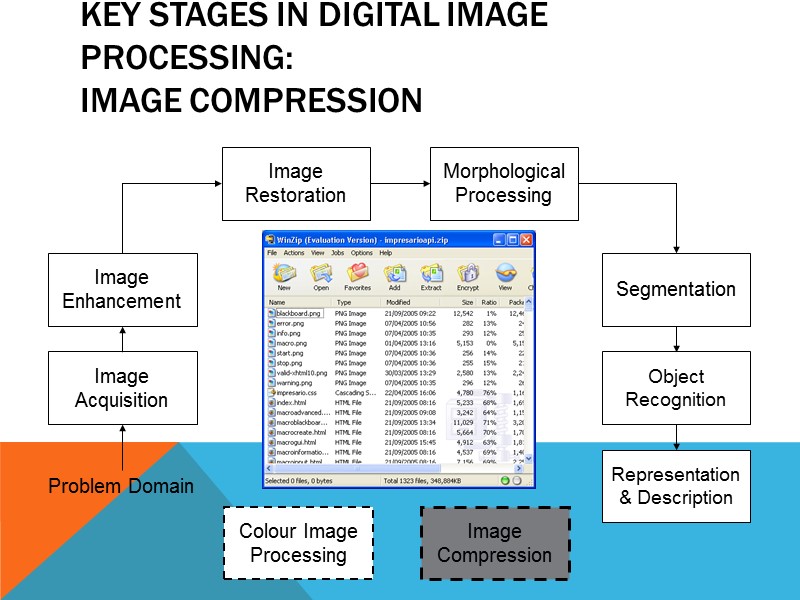
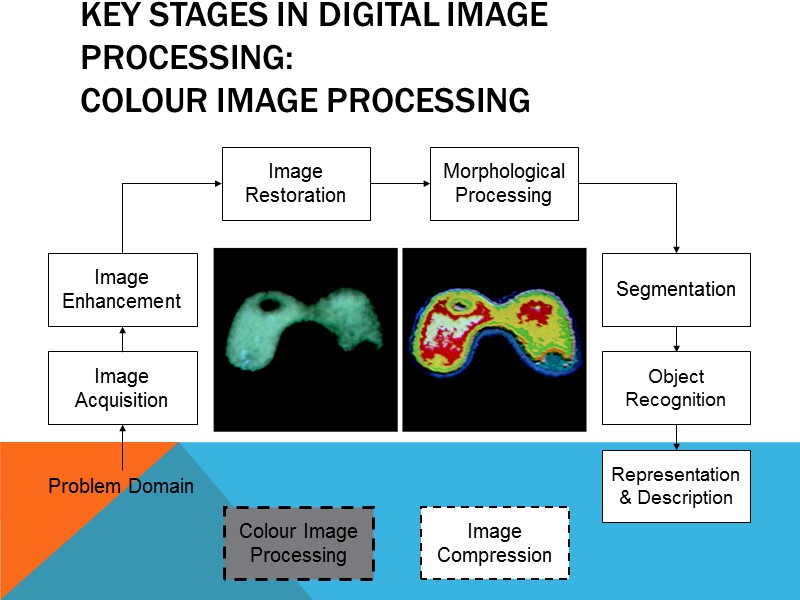
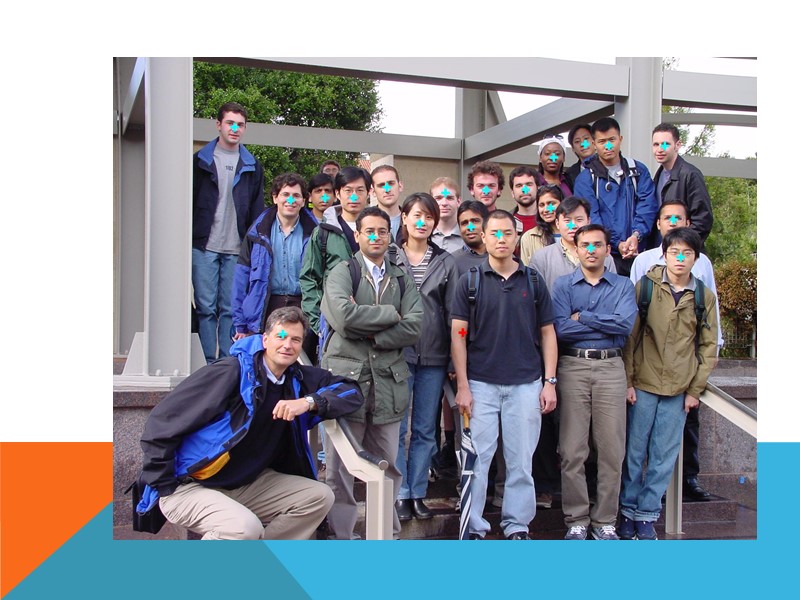

26844-ola.ppt
- Количество слайдов: 34

 Contents This presentation covers: What is a digital image? What is digital image processing? History of digital image processing State of the art examples of digital image processing Key stages in digital image processing Face detection
Contents This presentation covers: What is a digital image? What is digital image processing? History of digital image processing State of the art examples of digital image processing Key stages in digital image processing Face detection
 What is a Digital Image? A digital image is a representation of a two-dimensional image as a finite set of digital values, called picture elements or pixels
What is a Digital Image? A digital image is a representation of a two-dimensional image as a finite set of digital values, called picture elements or pixels
 Common image formats include: 1 sample per point (B&W or Grayscale) 3 samples per point (Red, Green, and Blue) 4 samples per point (Red, Green, Blue, and “Alpha”, a.k.a. Opacity) For most of this presentation we will focus on greyscale images.
Common image formats include: 1 sample per point (B&W or Grayscale) 3 samples per point (Red, Green, and Blue) 4 samples per point (Red, Green, Blue, and “Alpha”, a.k.a. Opacity) For most of this presentation we will focus on greyscale images.
 Pixel values typically represent gray levels, colours, heights, opacities etc Remember digitization implies that a digital image is an approximation of a real scene
Pixel values typically represent gray levels, colours, heights, opacities etc Remember digitization implies that a digital image is an approximation of a real scene
 What is Digital Image Processing? Digital image processing focuses on two major tasks Improvement of pictorial information for human interpretation Processing of image data for storage, transmission and representation for autonomous machine perception Some argument about where image processing ends and fields such as image analysis and computer vision start
What is Digital Image Processing? Digital image processing focuses on two major tasks Improvement of pictorial information for human interpretation Processing of image data for storage, transmission and representation for autonomous machine perception Some argument about where image processing ends and fields such as image analysis and computer vision start
 The continuum from image processing to computer vision can be broken up into low-, mid- and high-level processes
The continuum from image processing to computer vision can be broken up into low-, mid- and high-level processes
 History of Digital Image Processing Early 1920s: One of the first applications of digital imaging was in the news- paper industry The Bartlane cable picture transmission service Images were transferred by submarine cable between London and New York Pictures were coded for cable transfer and reconstructed at the receiving end on a telegraph printer
History of Digital Image Processing Early 1920s: One of the first applications of digital imaging was in the news- paper industry The Bartlane cable picture transmission service Images were transferred by submarine cable between London and New York Pictures were coded for cable transfer and reconstructed at the receiving end on a telegraph printer
 Mid to late 1920s: Improvements to the Bartlane system resulted in higher quality images New reproduction processes based on photographic techniques Increased number of tones in reproduced images
Mid to late 1920s: Improvements to the Bartlane system resulted in higher quality images New reproduction processes based on photographic techniques Increased number of tones in reproduced images
 1960s: Improvements in computing technology and the onset of the space race led to a surge of work in digital image processing 1964: Computers used to improve the quality of images of the moon taken by the Ranger 7 probe Such techniques were used in other space missions including the Apollo landings
1960s: Improvements in computing technology and the onset of the space race led to a surge of work in digital image processing 1964: Computers used to improve the quality of images of the moon taken by the Ranger 7 probe Such techniques were used in other space missions including the Apollo landings
 1970s: Digital image processing begins to be used in medical applications 1979: Sir Godfrey N. Hounsfield & Prof. Allan M. Cormack share the Nobel Prize in medicine for the invention of tomography, the technology behind Computerised Axial Tomography (CAT) scans
1970s: Digital image processing begins to be used in medical applications 1979: Sir Godfrey N. Hounsfield & Prof. Allan M. Cormack share the Nobel Prize in medicine for the invention of tomography, the technology behind Computerised Axial Tomography (CAT) scans
 1980s - Today: The use of digital image processing techniques has exploded and they are now used for all kinds of tasks in all kinds of areas Image enhancement/restoration Artistic effects Medical visualisation Industrial inspection Law enforcement Human computer interfaces
1980s - Today: The use of digital image processing techniques has exploded and they are now used for all kinds of tasks in all kinds of areas Image enhancement/restoration Artistic effects Medical visualisation Industrial inspection Law enforcement Human computer interfaces
 Examples: Image Enhancement One of the most common uses of DIP techniques: improve quality, remove noise etc
Examples: Image Enhancement One of the most common uses of DIP techniques: improve quality, remove noise etc
 Examples: The Hubble Telescope Launched in 1990 the Hubble telescope can take images of very distant objects However, an incorrect mirror made many of Hubble’s images useless Image processing techniques were used to fix this
Examples: The Hubble Telescope Launched in 1990 the Hubble telescope can take images of very distant objects However, an incorrect mirror made many of Hubble’s images useless Image processing techniques were used to fix this
 Examples: Artistic Effects Artistic effects are used to make images more visually appealing, to add special effects and to make composite images
Examples: Artistic Effects Artistic effects are used to make images more visually appealing, to add special effects and to make composite images
 Examples: Medicine Take slice from MRI scan of canine heart, and find boundaries between types of tissue Image with gray levels representing tissue density Use a suitable filter to highlight edges Original MRI Image of a Dog Heart Edge Detection Image
Examples: Medicine Take slice from MRI scan of canine heart, and find boundaries between types of tissue Image with gray levels representing tissue density Use a suitable filter to highlight edges Original MRI Image of a Dog Heart Edge Detection Image
 Examples: GIS Geographic Information Systems Digital image processing techniques are used extensively to manipulate satellite imagery Terrain classification Meteorology
Examples: GIS Geographic Information Systems Digital image processing techniques are used extensively to manipulate satellite imagery Terrain classification Meteorology
 Examples: GIS (cont…) Night-Time Lights of the World data set Global inventory of human settlement Not hard to imagine the kind of analysis that might be done using this data
Examples: GIS (cont…) Night-Time Lights of the World data set Global inventory of human settlement Not hard to imagine the kind of analysis that might be done using this data
 Examples: Industrial Inspection Human operators are expensive, slow and unreliable Make machines do the job instead Industrial vision systems are used in all kinds of industries Can we trust them?
Examples: Industrial Inspection Human operators are expensive, slow and unreliable Make machines do the job instead Industrial vision systems are used in all kinds of industries Can we trust them?
 Examples: PCB Inspection Printed Circuit Board (PCB) inspection Machine inspection is used to determine that all components are present and that all solder joints are acceptable Both conventional imaging and x-ray imaging are used
Examples: PCB Inspection Printed Circuit Board (PCB) inspection Machine inspection is used to determine that all components are present and that all solder joints are acceptable Both conventional imaging and x-ray imaging are used
 Examples: Law Enforcement Image processing techniques are used extensively by law enforcers Number plate recognition for speed cameras/automated toll systems Fingerprint recognition Enhancement of CCTV images
Examples: Law Enforcement Image processing techniques are used extensively by law enforcers Number plate recognition for speed cameras/automated toll systems Fingerprint recognition Enhancement of CCTV images
 Examples: HCI Try to make human computer interfaces more natural Face recognition Gesture recognition Does anyone remember the user interface from “Minority Report”? These tasks can be extremely difficult
Examples: HCI Try to make human computer interfaces more natural Face recognition Gesture recognition Does anyone remember the user interface from “Minority Report”? These tasks can be extremely difficult
 Key Stages in Digital Image Processing Image Acquisition Image Restoration Morphological Processing Segmentation Representation & Description Image Enhancement Object Recognition Problem Domain Colour Image Processing Image Compression
Key Stages in Digital Image Processing Image Acquisition Image Restoration Morphological Processing Segmentation Representation & Description Image Enhancement Object Recognition Problem Domain Colour Image Processing Image Compression
 Key Stages in Digital Image Processing: Image Aquisition Image Acquisition Image Restoration Morphological Processing Segmentation Representation & Description Image Enhancement Object Recognition Problem Domain Colour Image Processing Image Compression
Key Stages in Digital Image Processing: Image Aquisition Image Acquisition Image Restoration Morphological Processing Segmentation Representation & Description Image Enhancement Object Recognition Problem Domain Colour Image Processing Image Compression
 Key Stages in Digital Image Processing: Image Enhancement Image Acquisition Image Restoration Morphological Processing Segmentation Representation & Description Image Enhancement Object Recognition Problem Domain Colour Image Processing Image Compression
Key Stages in Digital Image Processing: Image Enhancement Image Acquisition Image Restoration Morphological Processing Segmentation Representation & Description Image Enhancement Object Recognition Problem Domain Colour Image Processing Image Compression
 Key Stages in Digital Image Processing: Image Restoration Image Acquisition Image Restoration Morphological Processing Segmentation Representation & Description Image Enhancement Object Recognition Problem Domain Colour Image Processing Image Compression
Key Stages in Digital Image Processing: Image Restoration Image Acquisition Image Restoration Morphological Processing Segmentation Representation & Description Image Enhancement Object Recognition Problem Domain Colour Image Processing Image Compression
 Key Stages in Digital Image Processing: Morphological Processing Image Acquisition Image Restoration Morphological Processing Segmentation Representation & Description Image Enhancement Object Recognition Problem Domain Colour Image Processing Image Compression
Key Stages in Digital Image Processing: Morphological Processing Image Acquisition Image Restoration Morphological Processing Segmentation Representation & Description Image Enhancement Object Recognition Problem Domain Colour Image Processing Image Compression
 Key Stages in Digital Image Processing: Segmentation Image Acquisition Image Restoration Morphological Processing Segmentation Representation & Description Image Enhancement Object Recognition Problem Domain Colour Image Processing Image Compression
Key Stages in Digital Image Processing: Segmentation Image Acquisition Image Restoration Morphological Processing Segmentation Representation & Description Image Enhancement Object Recognition Problem Domain Colour Image Processing Image Compression
 Key Stages in Digital Image Processing: Object Recognition Image Acquisition Image Restoration Morphological Processing Segmentation Representation & Description Image Enhancement Object Recognition Problem Domain Colour Image Processing Image Compression
Key Stages in Digital Image Processing: Object Recognition Image Acquisition Image Restoration Morphological Processing Segmentation Representation & Description Image Enhancement Object Recognition Problem Domain Colour Image Processing Image Compression
 Key Stages in Digital Image Processing: Representation & Description Image Acquisition Image Restoration Morphological Processing Segmentation Representation & Description Image Enhancement Object Recognition Problem Domain Colour Image Processing Image Compression
Key Stages in Digital Image Processing: Representation & Description Image Acquisition Image Restoration Morphological Processing Segmentation Representation & Description Image Enhancement Object Recognition Problem Domain Colour Image Processing Image Compression
 Key Stages in Digital Image Processing: Image Compression Image Acquisition Image Restoration Morphological Processing Segmentation Representation & Description Image Enhancement Object Recognition Problem Domain Colour Image Processing Image Compression
Key Stages in Digital Image Processing: Image Compression Image Acquisition Image Restoration Morphological Processing Segmentation Representation & Description Image Enhancement Object Recognition Problem Domain Colour Image Processing Image Compression
 Key Stages in Digital Image Processing: Colour Image Processing Image Acquisition Image Restoration Morphological Processing Segmentation Representation & Description Image Enhancement Object Recognition Problem Domain Colour Image Processing Image Compression
Key Stages in Digital Image Processing: Colour Image Processing Image Acquisition Image Restoration Morphological Processing Segmentation Representation & Description Image Enhancement Object Recognition Problem Domain Colour Image Processing Image Compression

 Conclusions In most cases, effective use of color space – face color relationships and morphological processing allowed effective pre-processing. For images trained on, able to detect faces with reasonable accuracy and miss and false alarm rates. Adaptive adjustment of template scale, angle, and threshold allowed most faces to be detected.
Conclusions In most cases, effective use of color space – face color relationships and morphological processing allowed effective pre-processing. For images trained on, able to detect faces with reasonable accuracy and miss and false alarm rates. Adaptive adjustment of template scale, angle, and threshold allowed most faces to be detected.

